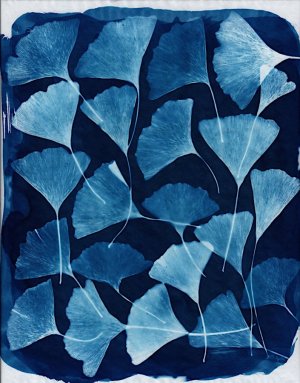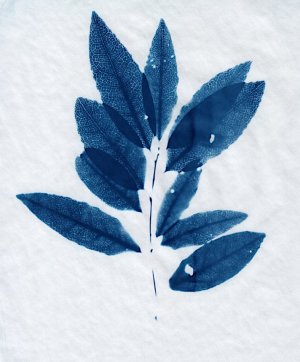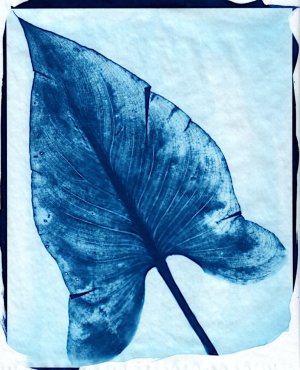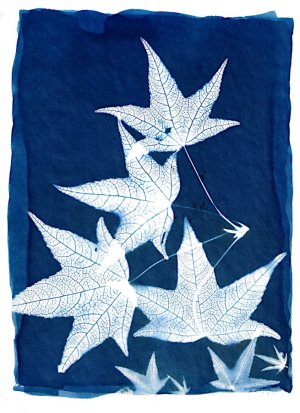NedL
Supporting Member
- Messages
- 365
Hi All,
I'm Ned and I'm here at CreativeSpark mostly because I am learning to sketch and the folks here in the "scavenger hunt from life" are so friendly and wonderful, they make it really fun.
I'm also a photographer, mostly practicing very old-fashioned kinds of photography, and I also enjoy making prints of various kinds. I recognize Terri from the photrio forum. I was thinking of posting some of the prints I'm making here... and was thinking of posting all of them ( good, bad, indifferent ) as they happen, basically showing progress and what I'm doing. Successes and Failures!
Not sure if people here want to see this kind of thing, or if you'd rather just see the "best"? Is it better to make a new thread for each print, or is it OK to put them all here in this thread??
This is the first one, printed a couple weeks ago. It could end up being one of the best, because of course I picked an image I liked and thought would print well to try first. It's a cyanotype made from an inkjet digital negative. We went to the aquarium in Monterey, California about a month ago and I have a series of photos I thought I'd make cyanotypes from. Should I post the whole series here in this thread? ( there is one more I haven't scanned yet, and I'm printing the 3rd this afternoon! Probably will be 10 or 12 in all. )

I'm Ned and I'm here at CreativeSpark mostly because I am learning to sketch and the folks here in the "scavenger hunt from life" are so friendly and wonderful, they make it really fun.
I'm also a photographer, mostly practicing very old-fashioned kinds of photography, and I also enjoy making prints of various kinds. I recognize Terri from the photrio forum. I was thinking of posting some of the prints I'm making here... and was thinking of posting all of them ( good, bad, indifferent ) as they happen, basically showing progress and what I'm doing. Successes and Failures!
Not sure if people here want to see this kind of thing, or if you'd rather just see the "best"? Is it better to make a new thread for each print, or is it OK to put them all here in this thread??
This is the first one, printed a couple weeks ago. It could end up being one of the best, because of course I picked an image I liked and thought would print well to try first. It's a cyanotype made from an inkjet digital negative. We went to the aquarium in Monterey, California about a month ago and I have a series of photos I thought I'd make cyanotypes from. Should I post the whole series here in this thread? ( there is one more I haven't scanned yet, and I'm printing the 3rd this afternoon! Probably will be 10 or 12 in all. )






 Maybe someday I'll be as special as they are but it's unlikely.
Maybe someday I'll be as special as they are but it's unlikely.  But joking aside, if you want to keep adding to this thread for your cyanotypes, that's fine. You can open new threads, too, if there's an extra process to mention, or you want to keep the digital negs separate from the real ones - or any other criteria that strikes your fancy. We're easy around here.
But joking aside, if you want to keep adding to this thread for your cyanotypes, that's fine. You can open new threads, too, if there's an extra process to mention, or you want to keep the digital negs separate from the real ones - or any other criteria that strikes your fancy. We're easy around here.